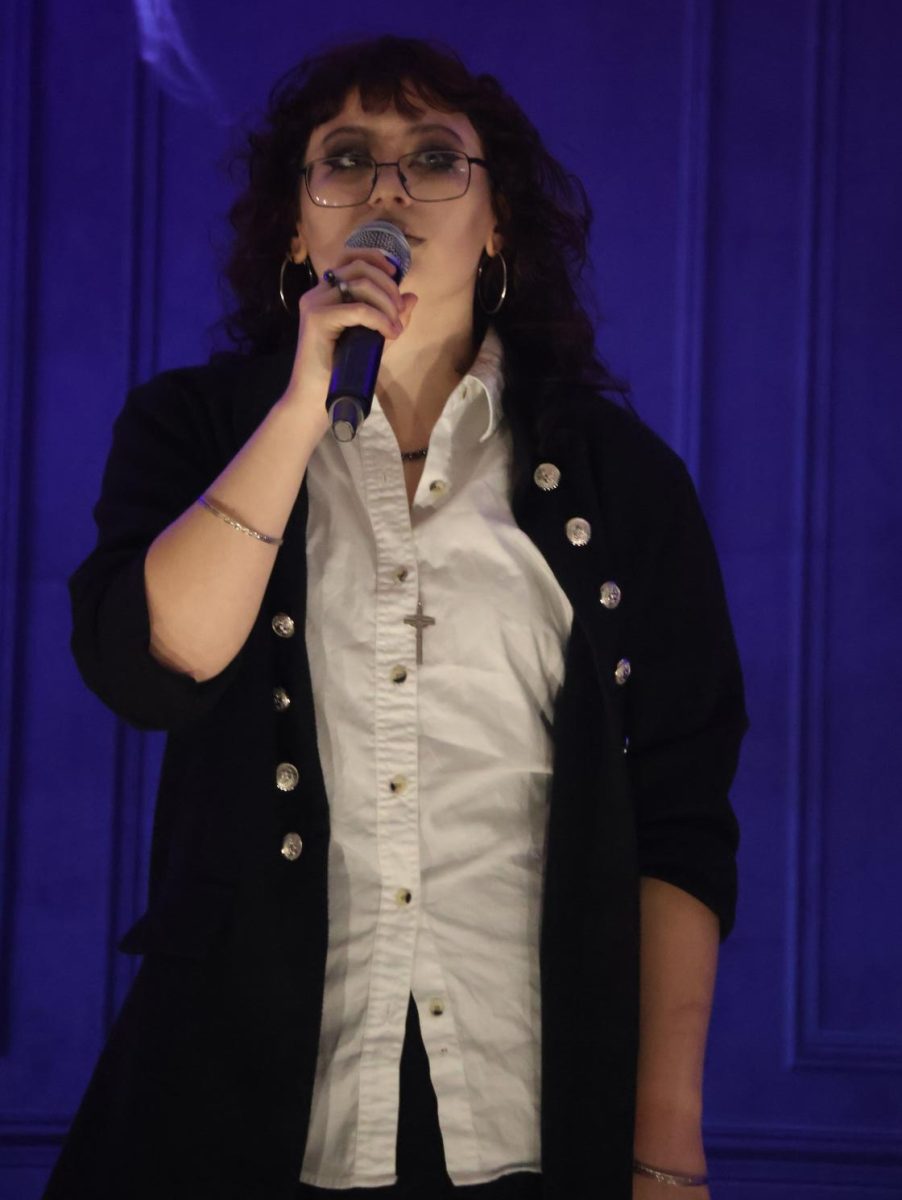A new outlet for the student body’s voice has been provided with the Superintendent’s Student Advisory Council.
Two students have been handpicked from each grade by their principals to meet once a month with superintendent Wade Whitney and Director of Student and Alternative Services Director of Student and Alternative Services Sid Taylor to relay students’ thoughts, concerns and ideas regarding the high school.
On the council are freshmen Kenzie Davis and Jami Lawrence, sophomores Charles Hinkel and L.B. Bradley, juniors Camilla Cristobal and Jordyn Bradley and seniors J.T. Slay and Gavin Knowles.
“The further I’ve moved up the ladder, the farther I have moved from young people, and now is a great time to hear young people’s voices to relate to their thoughts and concerns about our school district, ” Whitney said.
The members are enthusiastic about the opportunity to represent their grades and the school as a whole, providing those in charge with a first-hand perspective of student’s thoughts and issues.
“I think it’s a good opportunity for students to express the way that they feel about their school,“ Davis said. “You kind of need that student voice to express what happens on the other side.”
“I think it kind of represents the silent majority,” Knowles said.
The current agenda is more general, though there are some more specific matters taking focus among the council. For example, students in multiple athletics struggle with finding a schedule that suits their need for a balance of school and sports. Another matter is attendance and tardiness, which has been an issue at the school for some time. Council members are open to relaying student opinions to the district office.
“Anything that is brought to my attention by anyone, if it’s important to them it’s important to me, and I’ll always be open minded. All in all we’re just trying to make the school better.” Cristobal said.
“I think it’s exponentially important that young people have a voice in what they do,” Whitney said. “We don’t know what we don’t know. There may be something on the minds of our students that we don’t know about, and it’s an avenue that allows them a hopefully comfortable situation to give us some insight on things that we may not know.”



